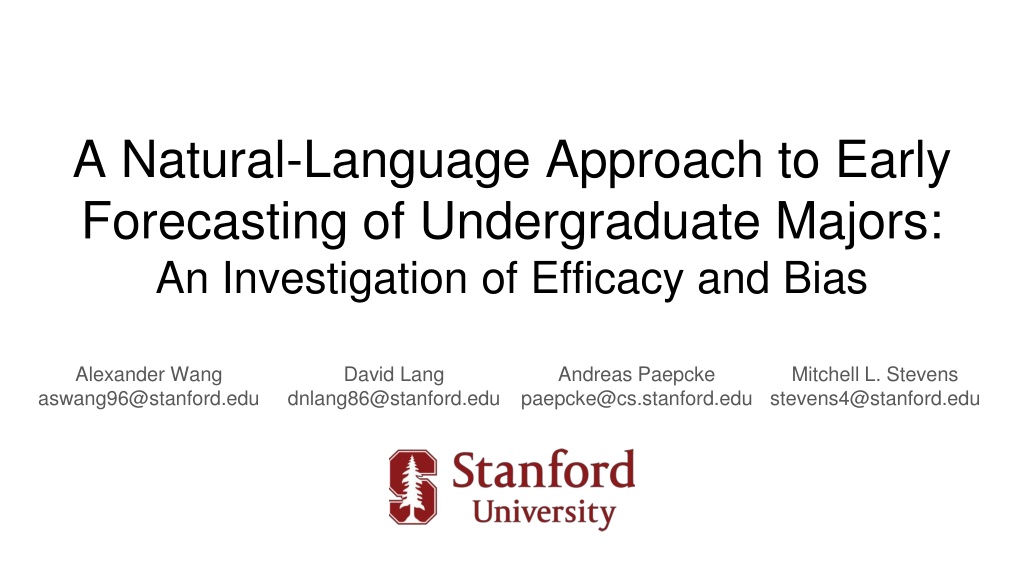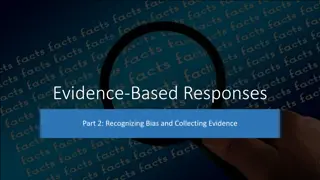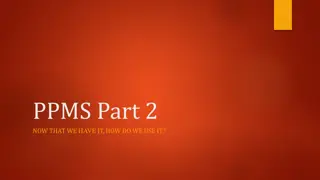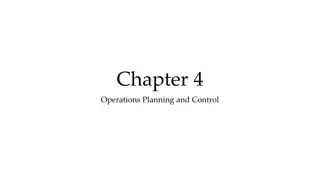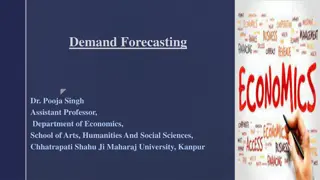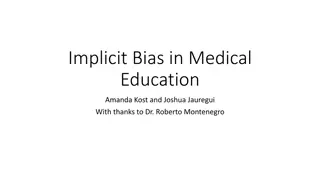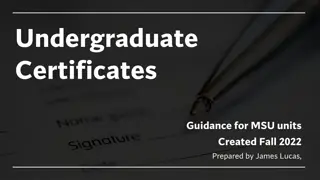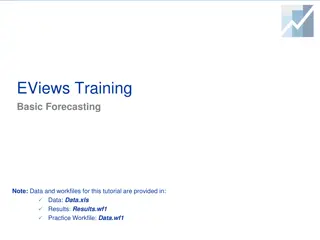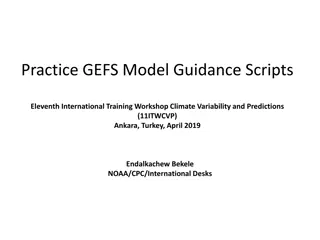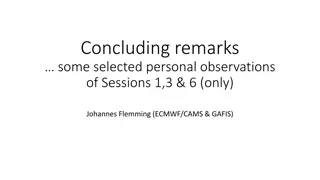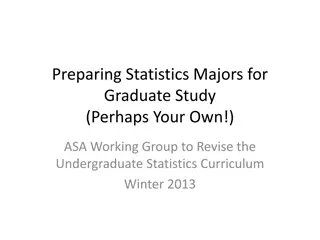Early Forecasting of Undergraduate Majors: Efficacy and Bias
Investigation of early forecasting of undergraduate majors using natural language approach, highlighting efficacy and potential biases. The study involves data from a private research institution over a decade, various data representation models, and bias testing analyses based on gender and GPA. Results suggest women face higher grade thresholds in quantitative fields and differences in self-perception of skills based on gender.
Download Presentation

Please find below an Image/Link to download the presentation.
The content on the website is provided AS IS for your information and personal use only. It may not be sold, licensed, or shared on other websites without obtaining consent from the author. Download presentation by click this link. If you encounter any issues during the download, it is possible that the publisher has removed the file from their server.
E N D
Presentation Transcript
A Natural-Language Approach to Early Forecasting of Undergraduate Majors: An Investigation of Efficacy and Bias Alexander Wang aswang96@stanford.edu David Lang Andreas Paepcke paepcke@cs.stanford.edu Mitchell L. Stevens stevens4@stanford.edu dnlang86@stanford.edu
Introduction and Motivation For students, elucidates potential academic pathways For universities, enables capacity planning and resource allocation Dangers in learned biases for both parties
Data Private research institution 2010-2020 33,257 undergraduate cases 89 unique majors 16,308 males, 16,949 females Includes course history (including grades and term taken)
Data Representation Course Code Grade Term a1 B Fall 2019-2020 Course Sequence a1 a2 b1 b2 a2 A- Fall 2019-2020 Grade Sequence B A- B+ A b1 B+ Winter 2019-2020 Term Sequence 1 1 2 2 b2 A Winter 2019-2020
Models 1. Multi-hot encoding logistic regression 2. Course2vec logistic regression 3. Course2vec LSTM 4. Transformer
Bias Testing/Error Analysis Create 8 subsplits for evaluation: a. Male b. Female c. High-GPA d. Low-GPA e. Sex-Engr Stereo: (Male ENGR) (Female ~ENGR) f. Sex-Engr Anti-Stereo: (Female ENGR) (Male ~ENGR) g. GPA-Engr Stereo: (High-GPA ENGR) (Low-GPA ~ENGR) h. GPA-Engr Anti-Stereo: (Low-GPA ENGR) (High-GPA ~ENGR)
Bias/Error Results Women are likely to exit a course sequence in highly quantitative fields at a higher grade threshold than men. Claudia Goldin, Notes on Women and the Undergraduate Economics Major (2015) Conditional on achievement, men relatively over- estimate their skills while women under-estimate their skills. Eric Cech, Brian Rubineaum, Susan Silbey and Caroll Seron, Professional role confidence and gendered persistence in engineering (2011) Female undergraduates are relatively more likely than males to exit engineering programs. Shelley J Corell, Constraints into preferences: Gender, status, and emerging career aspirations (2004)
